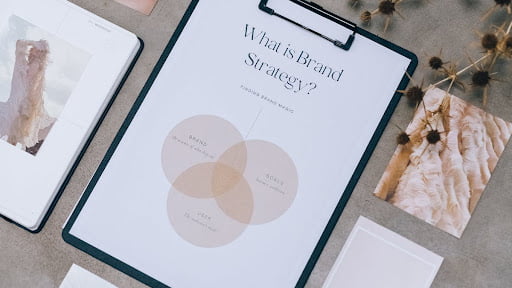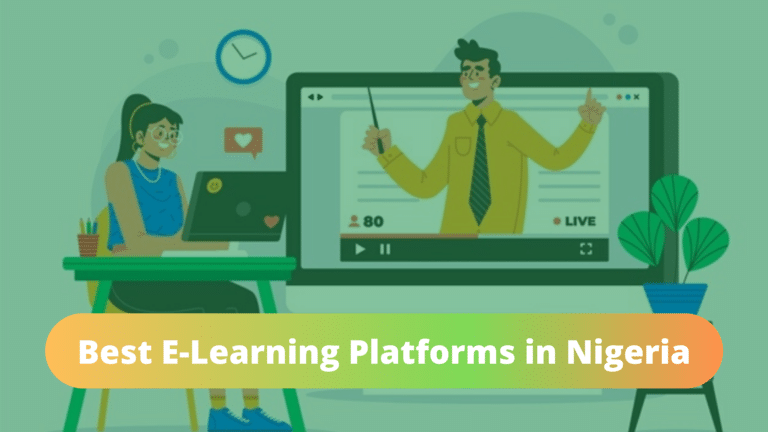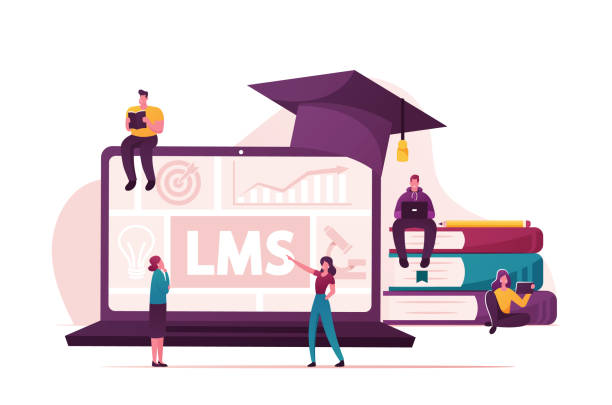Decoding the Brain: How Memorable Logos Impact OLMS Success

Online Learning Platforms (OLMS) have emerged as powerful tools for education and skill development, offering flexibility, accessibility, and personalized learning experiences. In this digital age, the effectiveness of OLMS is a topic of considerable interest. However, there’s an often-overlooked aspect that plays a crucial role in OLMS success – memorable logos. This article delves into the fascinating world of the human brain and how special OLMS logos impact the perception and success of these platforms. We’ll explore the neuroscience of visual memory, the cognitive impact of logo design, and the intricate connection between the brain and brands.
The Neuroscience of Visual Memory: How OLMS Logos Leave a Mark
The human brain is wired to remember visuals more effectively than text. This section unravels the science behind visual memory and how OLMS logos leverage this innate capacity:
- Visual Encoding: Visual information is processed in the brain’s memory centers more efficiently. OLMS logos are designed to tap into this phenomenon.
- The Power of Symbols: Memorable logos often incorporate symbols that resonate with universal meanings, making them more accessible for the brain to remember.
- Emotion and Memory: Emotionally charged logos have a more profound impact on memory, and OLMS logos aim to create positive emotional connections.
Logo Design and Brand Consistency: The Cognitive Impact on OLMS
Consistency in logo design is a critical element in the cognitive impact of OLMS. Ensure to further explore how brand consistency influences perception and recognition:
- Brand Recognition: Consistent logo design across OLMS materials fosters instant recognition, enhancing trust and credibility.
- Cognitive Processing: Logos that remain consistent across platforms reduce cognitive load, allowing the brain to focus on learning and content.
- Establishing Authority: A consistent logo design communicates authority and expertise, which can positively impact the perceived quality of OLMS.
The Brain’s Connection to Brands: Unveiling the Neuroscience of OLMS Logos
The human brain connects deeply with brands, and OLMS logos are no exception. Ensure to explore how the brain connects with OLMS brands:
- Neural Pathways: Repeated exposure to OLMS logos carves neural pathways associated with trust, familiarity, and quality.
- Brand Loyalty: A strong OLMS brand connection increases loyalty, motivating learners to return to the platform consistently.
- Emotional Engagement: Emotional branding through logos can create emotional engagement, enhancing the learning experience on OLMS.
Logo Magic: The Cognitive Science Behind Memorable OLMS Branding
Behind the magic of memorable OLMS logos lies cognitive science:
- Color Psychology: The choice of colors in OLMS logos is informed by color psychology, influencing emotions and perceptions.
- Shape and Symmetry: The shapes and symmetry in logos are designed with cognitive principles in mind, making them appealing to the brain.
- Typography Matters: The typography used in OLMS logos can evoke associations and create visual memories.
Sonic Branding in the Digital Age: Adapting to Evolving Perceptions
In the digital age, OLMS is continually evolving, and so is how they are perceived:
- Auditory Identity: Sonic branding provides an auditory identity for OLMS, enhancing recognition and engagement.
- User Experience: The soundscapes in OLMS create a unique user experience, contributing to overall satisfaction and retention.
- Adaptive Branding: OLMS is adapting sonic branding to align with the evolving perceptions of digital learning, maintaining relevance.
Personalization and Cognitive Engagement in OLMS
Personalization is a critical element of online learning, and it’s closely tied to how learners perceive OLMS:
- Cognitive Engagement: Personalized learning experiences, guided by the data-driven personalization algorithms of OLMS, can enhance cognitive engagement. Logos that reflect this personalization create a sense of individualized support.
- Motivation and Progress Tracking: Personalization in OLMS often includes tailored learning paths, progress tracking, and recommendations. Logos that incorporate progress elements and personalized pathways can boost motivation and retention.
- Trust in Adaptation: Learners tend to trust OLMS that adapt to their unique needs and preferences. Logo design can reflect this adaptability, fostering trust and a sense of partnership in the learning journey.
Exploring the intricate interplay of personalization and cognitive engagement in OLMS reveals the need for innovative branding. In this context, create a list of name options that epitomize the dynamic relationship between customized learning experiences and heightened cognitive involvement. These names will serve as a foundation for branding strategies that resonate with the transformative potential of personalized OLMS.
Neuroaesthetics and Visual Appeal in OLMS Logos
Neuroaesthetics, the science of aesthetics and beauty as perceived by the brain, plays a significant role in how OLMS logos are perceived:
- The Power of Aesthetics: Visually appealing OLMS logos activate brain regions associated with reward and pleasure. Logos that use aesthetically pleasing design elements are more likely to be positively remembered.
- Positive Emotional Responses: Aesthetically pleasing logos can evoke positive emotional responses, increasing user satisfaction and engagement.
- Enhanced Memory: Memorable OLMS logos with visually pleasing components are more likely to be stored in long-term memory, fostering brand recognition and recall.
Cultural Sensitivity and Global Perception in OLMS Logos
As OLMS reaches global audiences, cultural sensitivity in logo design becomes essential:
- Cross-Cultural Symbolism: Logos often incorporate symbols and images that may carry different meanings in various cultures. Designing logos with cultural sensitivity ensures that they are universally understood and respected.
- Diversity and Inclusivity: OLMS logos that reflect diversity and inclusivity can resonate with a broader audience, creating a sense of belonging and cultural relevance.
- Global Branding: The adaptability of OLMS logos to different cultural contexts can enhance global branding, ensuring that learners from diverse backgrounds feel connected to the platform.
Cognitive Bias and Logo Design: Navigating Perceptual Filters in eLearning
Cognitive biases play a significant role in how learners perceive OLMS:
- Confirmation Bias: Learners may seek information that confirms their preconceived notions about OLMS, which logo design can influence.
- Anchoring Effect: The initial impression of an OLMS platform, often influenced by its logo, is an anchor for future perceptions.
- Availability Heuristic: Memorable logos make OLMS more mentally available and accessible for learners.
Conclusion
In Online Learning Platforms (OLMS), memorable logos are catalysts that trigger a symphony of cognitive responses, emotional connections, and global perceptions. These logos, designed to harness the science of visual memory and brand consistency, forge neural connections that foster trust, recognition, and emotional engagement. Sonic branding adds an auditory dimension, ensuring consistency and enhancing the user experience in the digital age. Cognitive biases serve as perceptual guides, shaping learners’ perceptions through memorable logos.
Personalization, neuroaesthetics, and cultural sensitivity round out this orchestration, creating a global, inclusive, and harmonious OLMS experience. In this symphony of cognition and emotion, memorable OLMS logos stand as the overture, leaving indelible imprints in learners’ minds and setting the stage for a future enriched by the wonders of online learning.






